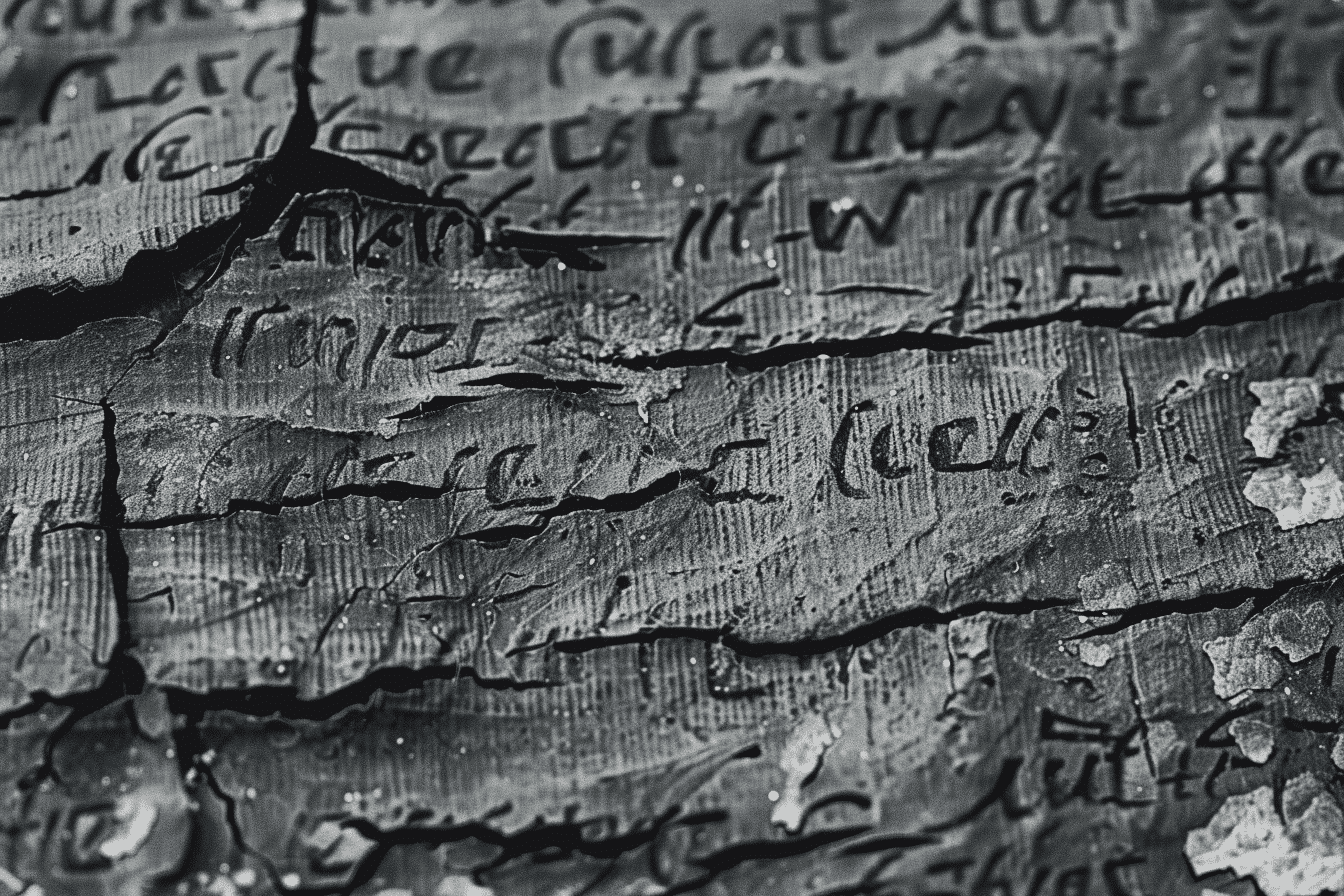Recent technological advances and a significant European Research Council grant have empowered Italian researchers to unearth transformative insights from ancient Herculaneum papyrus scrolls. These scrolls, devastated by the eruption of Mount Vesuvius in 79 A.D., have long been a source of historical enigmas. Thanks to artificial intelligence and innovative imaging techniques, a clearer picture of the Greek philosopher Plato’s last evening and burial site has been brought to light, revealing previously unknown facets of his personal and philosophical journey.
Secrets Unearthed: Plato’s Final Resting Place
The latest findings from the papyrus scrolls have pinpointed Plato’s burial site to a previously undisclosed garden within the confines of the Platonic Academy of Athens. “It appears that he was buried in a secret garden near the shrine dedicated to the Muses, which had been specifically reserved for him,” stated Graziano Ranocchia, a leading papyrologist. This revelation not only refines our understanding of Plato’s final resting place but also connects him more intimately with the Academy he founded, which was later razed by Roman general Sulla in 86 B.C.
The Last Symphony: Plato’s Discontent with Deathbed Music
Contrary to earlier beliefs that Plato enjoyed the “sweet notes” from a Thracian slave woman’s flute, the deciphered texts reveal his dissatisfaction. On his deathbed, amidst a severe fever, Plato lamented the poor rhythm of the music, expressing his displeasure to a Mesopotamian guest. This new detail adds a layer of personal insight into the philosopher’s last moments, highlighting his enduring critical engagement with the arts, even in his final hours.
Revised Chronology: Plato’s Enslavement Revisited
Further investigations into the papyri have also corrected misconceptions about the timeline of Plato’s enslavement. It was previously thought that he was sold into slavery in 387 BC during a trip to Sicily. Still, the texts now indicate this occurred much earlier, either in 399 BC following Socrates’ death or in 404 BC after Spartans seized Aegina. This adjustment in historical chronology provides a more accurate account of Plato’s challenging experiences and his resilience.
The meticulous work of the Herculaneum Scrolls sheds light on Plato’s personal experiences and enhances our comprehension of the broader historical and cultural context of his time. As researchers continue to decode these precious texts, each discovery promises to add depth to our understanding of the classical world. This ongoing exploration into ancient wisdom underscores the timeless relevance of historical inquiry and the continuous evolution of our knowledge of the past.




